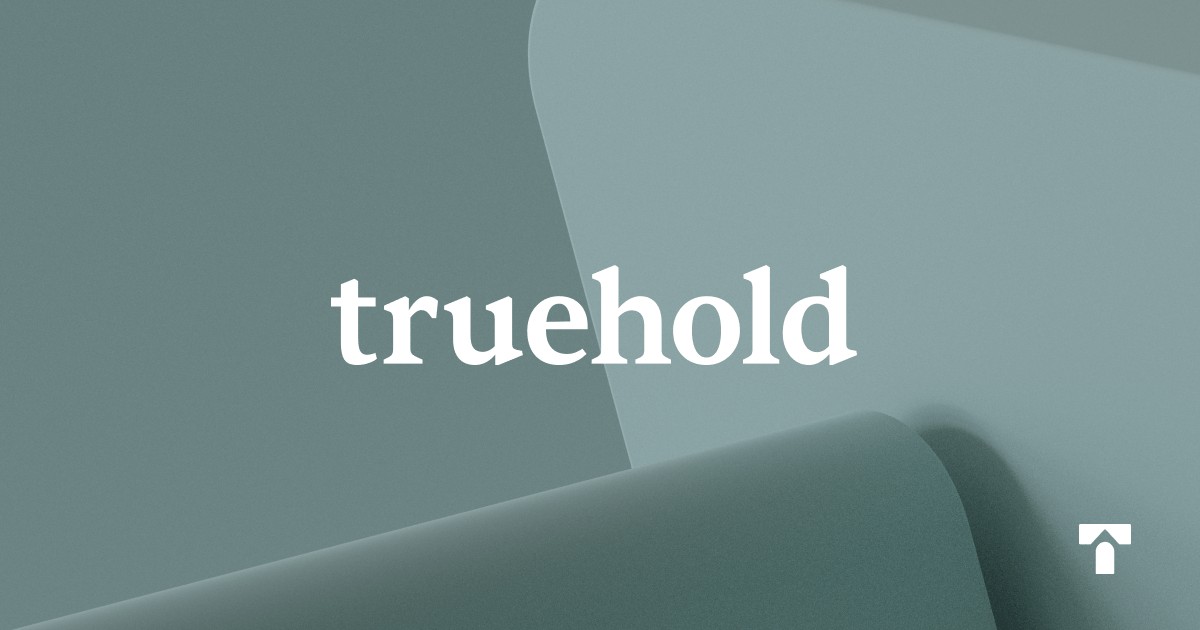All You Need To Know About Truehold
A comprehensive guide to leaseback structures and their benefits.

Truehold: A Comprehensive Look at the Pros, Cons, and How It Stacks Up
Truehold is quickly gaining traction as a key player in the sale-leaseback space. This guide takes a neutral look at what Truehold offers, highlighting both its advantages and drawbacks.
What Truehold Does
Truehold offers homeowners the opportunity to sell their home and continue living in it as renters. Instead of having to relocate, you get the cash value of your home in a lump sum, but retain the ability to stay in your home as a tenant, paying rent to Truehold. It's designed to provide immediate access to home equity while maintaining your lifestyle and stability.
The Good Side: Why Truehold Might Work for You
- Quick Access to Cash
Truehold provides homeowners with fast access to their property’s equity—often within 30 days . This can be ideal if you need liquidity for healthcare, retirement, or other life expenses. - Stay in Your Home
This avoids the emotional stress of moving while still providing the financial relief of selling. - No Repairs, No Showings
Truehold buys homes as-is, meaning no need for costly repairs or stressful showings. The selling process is streamlined, and you avoid the hassle that often comes with preparing a house for market. - Predictable Rental Costs
Truehold takes care of things like property taxes and large repair bills, making your monthly expenses predictable.
The Not-So-Good Side: What to Watch Out For
- Limited Availability in Certain Markets
Truehold operates in various states across the U.S. bur it may not be available in your region or there may be fewer investors willing to participate in their program in certain areas. - Restricted to Single-Family Homes
Truehold's leaseback program is exclusively available for single-family homes, which means homeowners with multi-family properties or condos may not be eligible. This limitation could exclude those who don’t own a single-family home from benefiting from the program. - Primarily Serves Homeowners, Especially Retirees and Downsizers
Truehold primarily targets homeowners, particularly retirees and those looking to downsize. This focus narrows their market, potentially excluding younger homeowners or those with different needs.
Bottom Line: Is Truehold Right for You?
Truehold presents a strong option for homeowners, particularly retirees or those looking to downsize, who need quick access to their home’s equity but don’t want to leave their property.
With the quick, streamlined sale process, no repairs required, and predictable rental costs, Truehold can offer peace of mind and financial flexibility. However, its focus on single-family homes and primarily serving retirees or downsizers limits the market it serves, excluding those with multi-family properties or different needs.
We can help you make the best decision. Take the time to review the lease terms and understand the long-term financial impact. Compare options to find the one that works for you.
Fill out the form now, and we'll guide you to the perfect leaseback solution tailored to your needs.
Explore Leaseback Insights
Discover the benefits of leasebacks for investors.

Struggling with Debt? Here’s How to Tap into Your Home Equity and Stay Put

Understanding Reverse Mortgages: What They Are and How They Work

Trying to sell your home fast? Pricing it too high may backfire
FAQs
Discover answers to common questions about our leaseback services and how we can assist you.
What is a leaseback?
A leaseback is a financial transaction where the seller of an asset leases it back from the buyer. This arrangement allows the seller to retain usage of the asset while freeing up capital. It's commonly used in real estate and business assets.
How does it work?
In a leaseback, the seller sells the asset and immediately signs a lease agreement to rent it back. This provides liquidity to the seller while allowing them to continue using the asset. The terms of the lease, including duration and payment, are negotiated at the time of sale.
Who can benefit?
Businesses looking to improve cash flow can benefit significantly from leasebacks. It allows them to access capital while maintaining operational control over their assets. Additionally, investors seeking stable returns may find leaseback agreements appealing.
Are there risks involved?
Yes, there are risks associated with leasebacks, such as potential loss of asset ownership. If the lessee fails to meet lease obligations, they may lose access to the asset. It's essential to carefully evaluate the terms and conditions before entering a leaseback agreement.
How to get started?
To get started with a leaseback, contact us for a consultation. Our team will guide you through the process and help you understand your options. We'll work together to find a solution that meets your financial needs.

